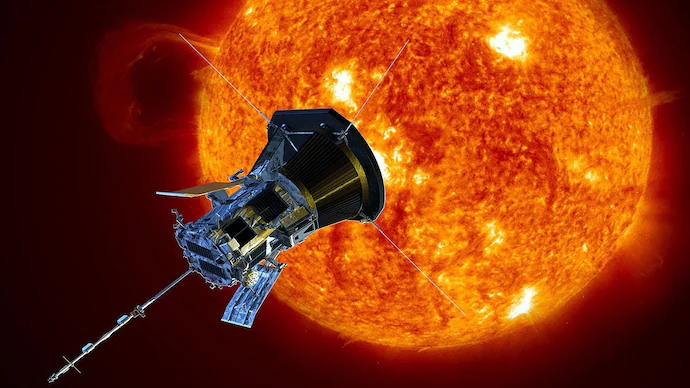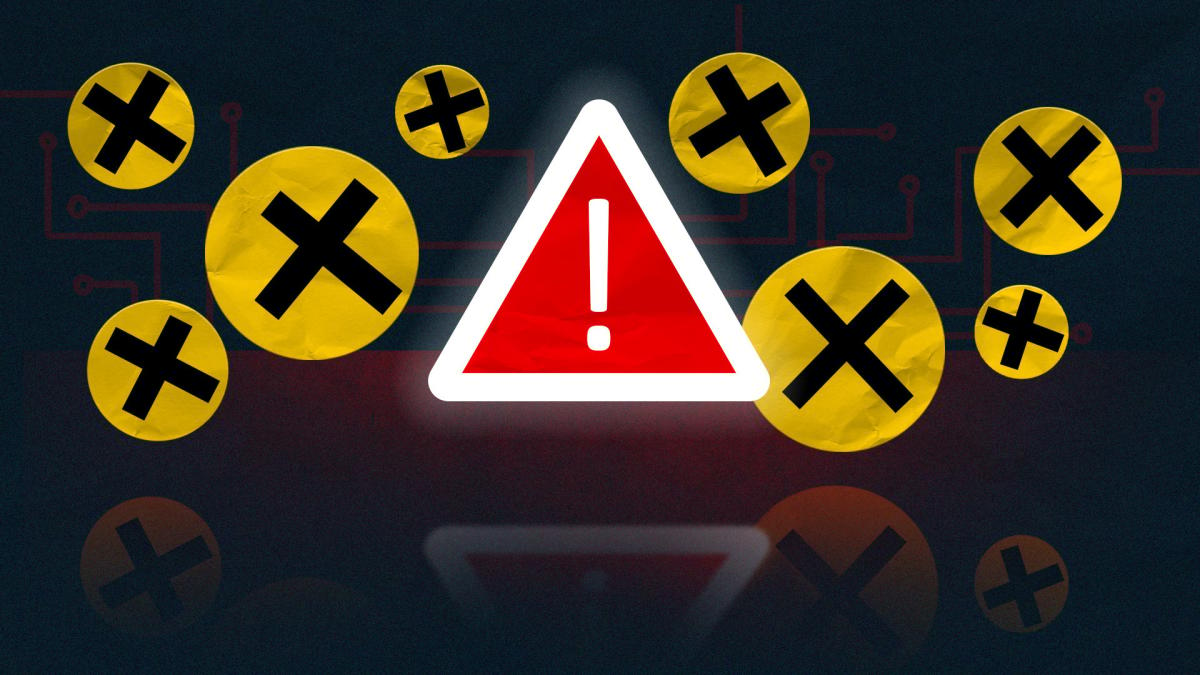NASA’s Parker Solar Probe flew past the Sun at a distance of 6 million kilometers on Christmas Eve. Now she has returned with her report.
Save in pocket
The Parker Solar Probe solar probe has apparently survived its closest approach to our home planet and reported back on Friday. The US space agency announced this, adding that the corresponding signal was received during the night. Previously, the probe could not reach it for days, but on Christmas Eve it flew past the Sun at a distance of just about 6 million kilometers at a speed of about 690,000 kilometers per hour. There they must endure temperatures of 1000 degrees Celsius. To date, no artificial devices have been used in these regions. The probe is scheduled to transmit detailed data from its flyby to Earth on January 1.
To better protect from the Sun
The Parker Solar Probe was launched in mid-August 2018 and has been orbiting the Sun in an increasingly tight orbit ever since. It aims to explore the star from the shortest distance ever. Over the course of several years, it will fly ever closer to Venus in more than 20 orbits, making a total of seven close approaches to Venus. She is supposed to find out, among other things, why this outermost layer of the solar atmosphere is several million degrees Celsius, much hotter than the surface, which is about 5000 degrees Celsius, directly from the corona of the Sun. It should also shed light on how the particles of the solar wind are accelerated. It should also help us to better protect our technology in the event of, for example, solar photovoltaics. If the latest flyby confirms that everything went well, the probe will continue on the same elliptical orbit, approaching the Sun again at a distance of about 6 million kilometers on March 22 and June 19. After that, she will have completed her main mission, and what will happen next is still under discussion. But researchers hope that the probe will be able to transmit data from very close to the Sun for many years to come. The team operating the Solar Probe is based at the John Hopkins University Applied Physics Laboratory in Maryland, USA.





